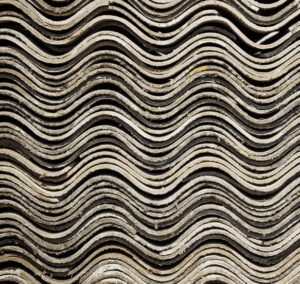ASBESTOS WASTE COLLECTION
Professional Asbestos Waste Disposal Service
Operating across the UK, we provide businesses with a safe asbestos waste disposal service through our extensive network. We deal with various types of asbestos waste such as:
- Roofing
- Ceiling tiles and floor tiles
- Cement bonded asbestos sheeting
- Brickwork
- Contaminated soil
- Asbestos insulating board (AIB)
As these materials are extremely hazardous, you must use a professional team to dispose of asbestos safely. Our licensed work ensures this hazardous waste is handled appropriately, eliminating asbestos exposure and health risks. You will be provided with hazardous waste consignment notes (HWCNs) for full transparency and a waste audit trail.
Please note, we do not provide asbestos disposal services for household waste.
